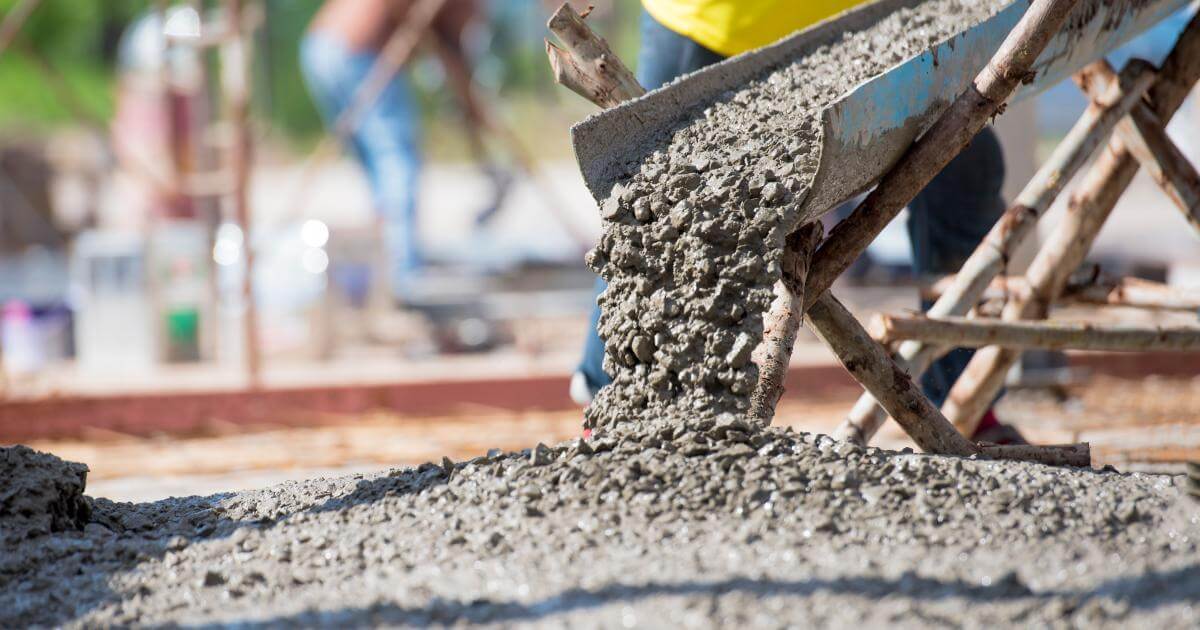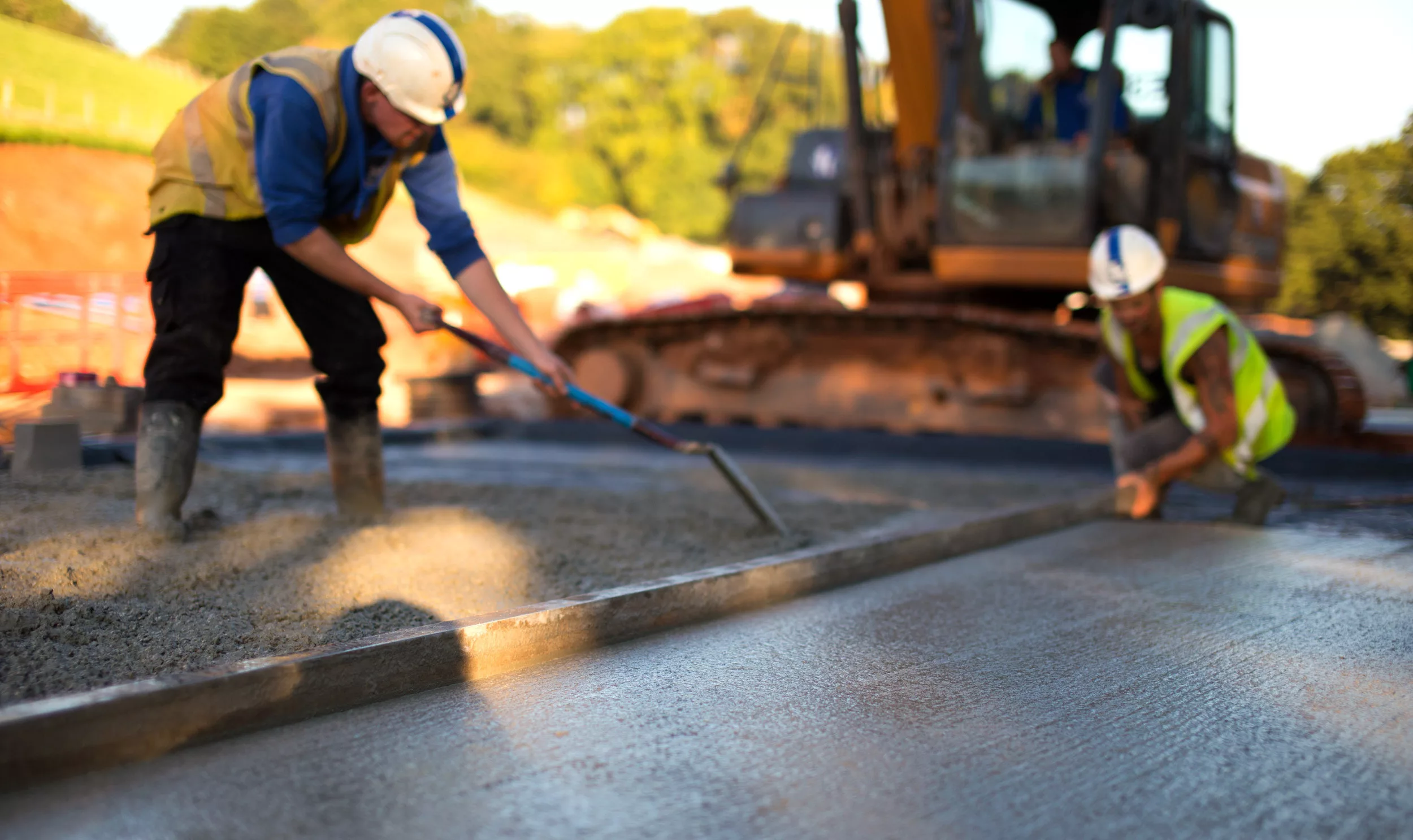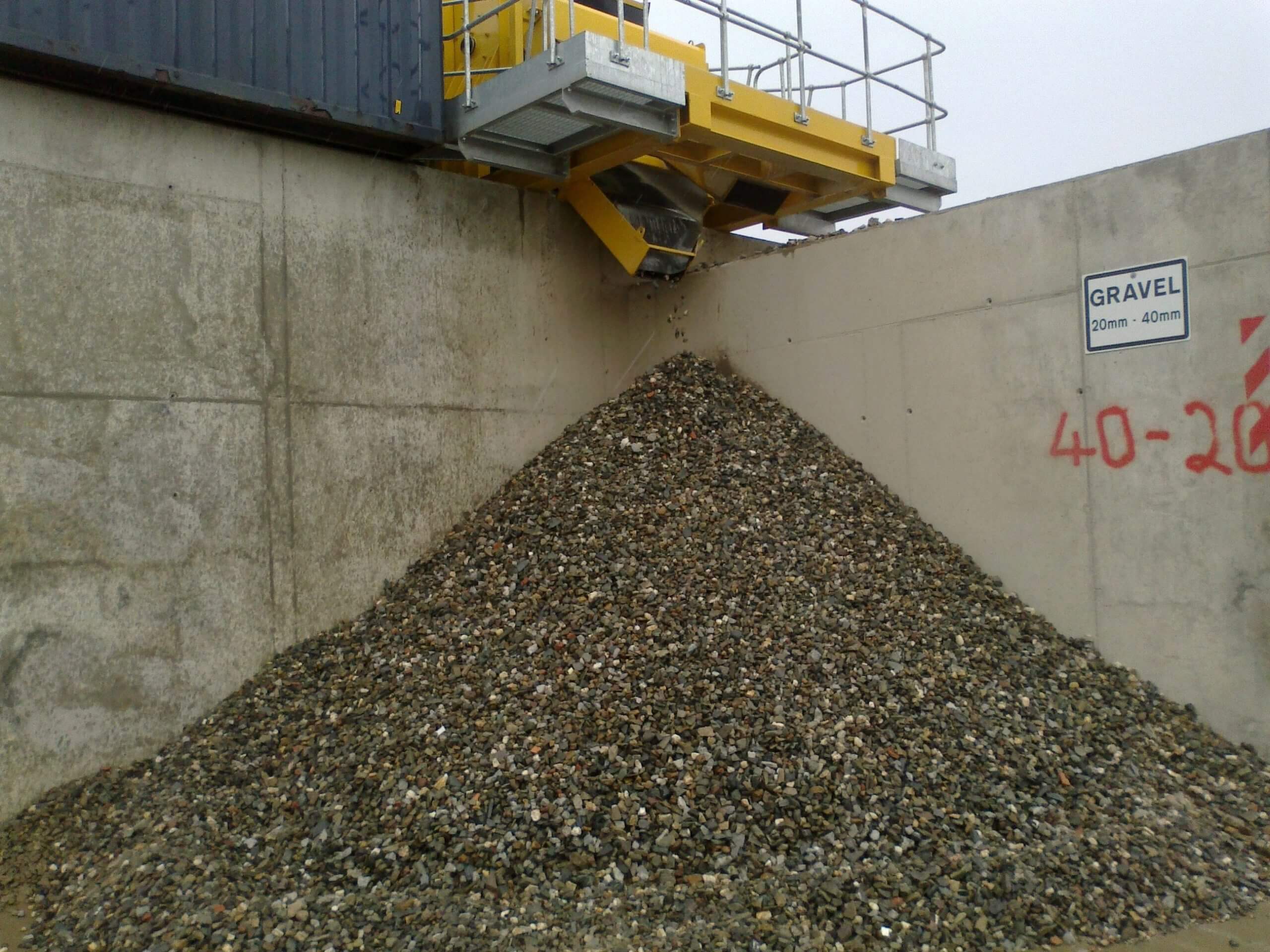
Crushed concrete and gravel comes from same material. In the past, when buildings were renewed or demolished, the elements were disposed of in landfills. This brought up massive amounts of space in landfills, wasting resources, and wasting money in transportation. Recently, recycling the materials has become more popular as an option to disposing of it.
Typically, concrete collected from demolitions or renovations is carried through a machine that crushes it to a gravel-like consistency. This can be managed for many applications such as driveways, walkways, gardens, and much more. It also has a series of advantages over more traditional materials.
Did you know that crushed stone and gravel are not the same? Although both come from the same material and the same local stone quarries, these two stone products are produced differently and have different uses in construction and landscaping projects.
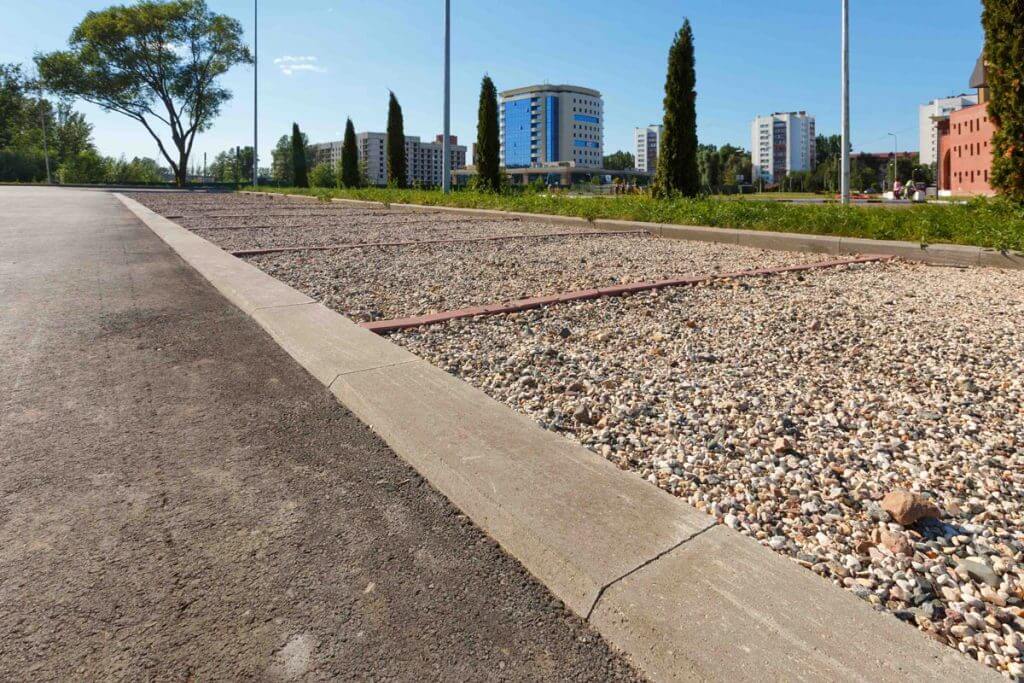
Read here about Concrete Resurfacing
Crushed stone is a product of rocks being destroyed down using a crushing machine. Crushed stone is sourced also known as quarried from parent rock. The most common parent rocks used for crushed stone are:
Limestone
Limestone is the most common rock type used to make crushed stone in North America due to its wide availability and versatility. It is also easy to crush because it is soft. And it causes less wear on equipment compared to harder rocks.
Ranging in particle size from largest to smallest, limestone is available as coarse aggregate, crushed limestone, mine run limestone, and limestone fines. Limestone is a key ingredient in concrete and is also used to make cement.
Dolomite
Also known as dolostone, dolomite is similar to limestone, and these rocks are often mined together at a quarry. However, dolomite is harder than limestone, making it more durable to abrasion.
Most people rarely use the term “crushed stone” and instead refer to both gravel and crushed stone as “gravel.” But there are key differences between crushed stone and gravel, including their:
Sources
While crushed stone is a commercial product created with the use of machines to mine and crush rock, gravel is a product created from natural weathering.
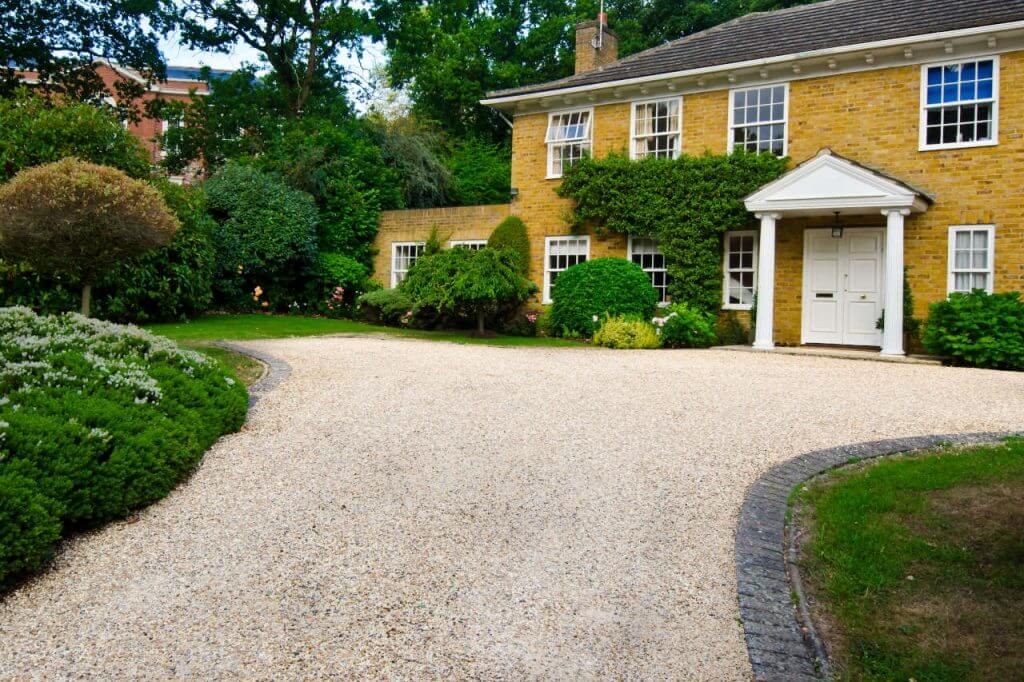
Gravel is fragmented rock sourced from deposits of weathered rock found in rivers, streams, and gravel pits. Although gravel is a natural product of erosion and weathering, gravel suppliers can mine gravel in quarries using the same crushing equipment for crushed stone.
Shapes
Due to the crushing process, crushed stone typically has more angular surfaces. Gravel tends to have a rounded shape due to the natural weathering process and is usually much smaller than crushed stone. However, gravel that is crushed will have a more angular shape.
Sizes
The crushed stone ranges in size from fine stone dust (screenings) to larger and heavier stones. Gravel comes in various sizes that are larger than 2 mm in diameter, starting from about a ¼ inch, and going up to 2 inches or more.


